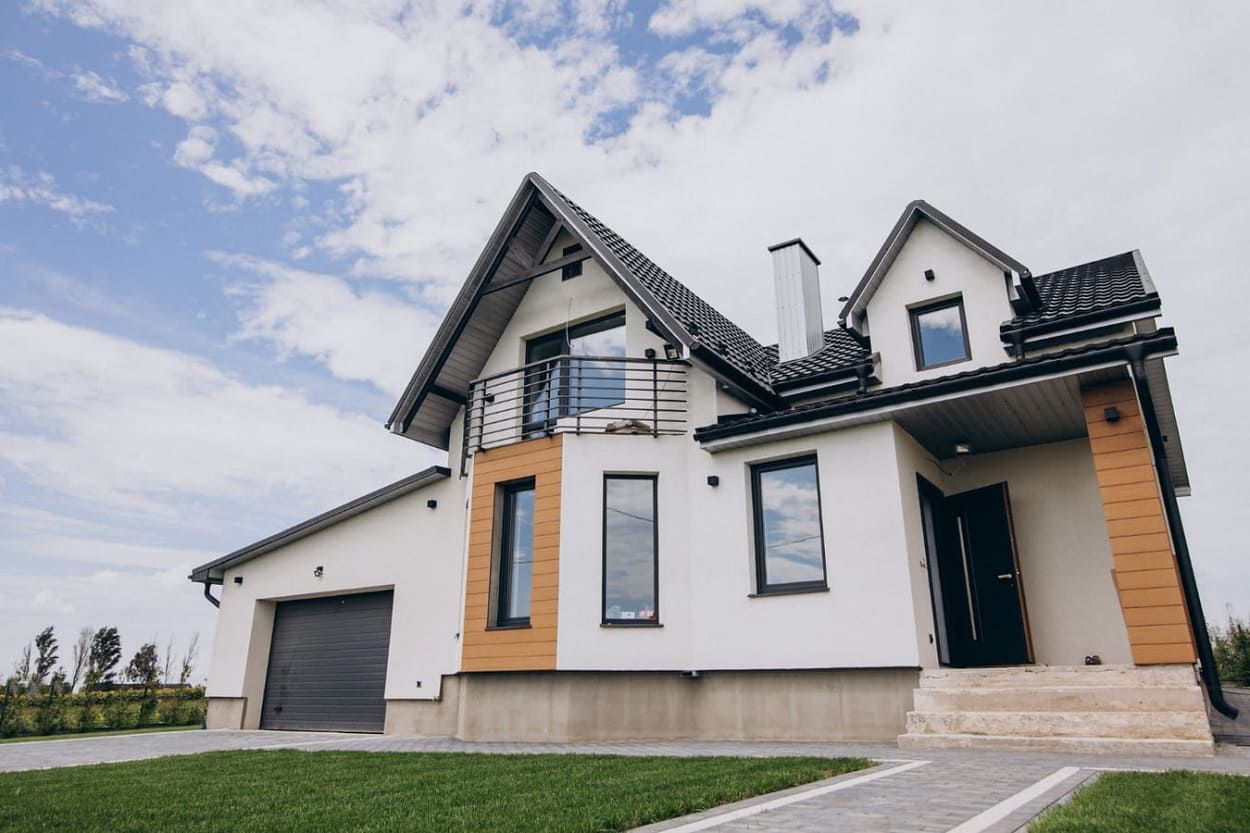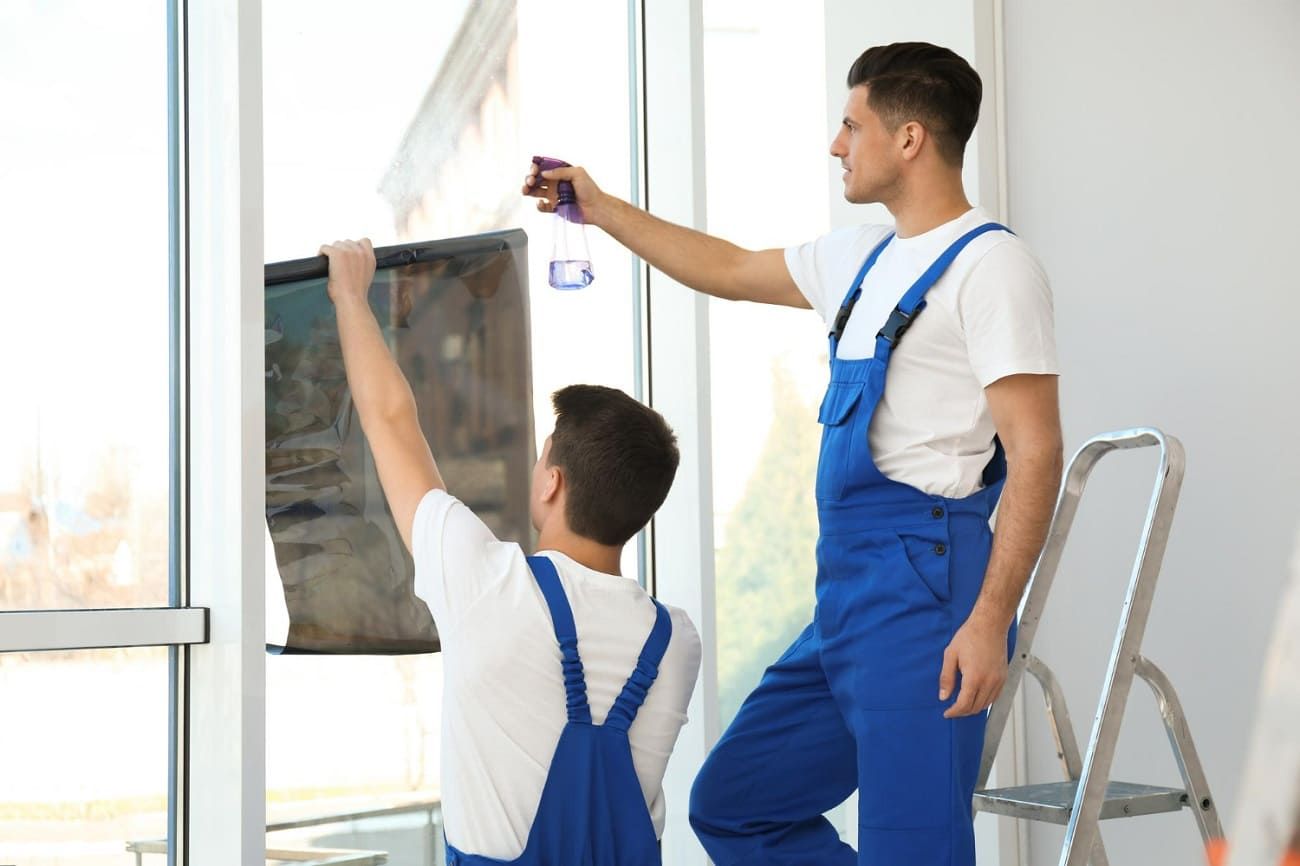EcoArc Home & Office Window Tinting
Asheville: (828) 545-8750 ◉ Knoxville: (865) 214-7646 ◉ Greenville: (864) 214-5051
Window Tinting: What Is the Best Time of the Year to Tint Windows?
Are you thinking about getting your windows tinted? Find out which is the best time of the year for window tinting! Think about the season and weather.

In 2021 alone, there were 106,000 suspected skin cancer cases. So while sun damage is on the rise, what can you do to stay safe from harmful rays in your homes?
Window tints can help with heat control, UV protection, glare reduction, and more. But when is it suitable to install window tints? Which window tints suit the seasons? If you struggle to understand what window tints to install and when we have the answers.
We'll share all the details about window tinting you need to know so that you can make an informed decision.
Window Tinting in Winter
The challenge of applying window tints in the winter season is the effect of moisture on the adhesive. If the windows have condensation, they should be dried before application.
Professionals may use a heat gun to melt ice or snow from the windows for easier application. However, we recommend that you apply window tints in Waynesville, Knoxville, and Greenville areas on 40°F days.
During the winter, your window tint application may take up to four weeks to dry.
What Window Tint Is Best for Winter in Waynesville?
Winter in Waynesville is from November to February. The coldest month is January, with temperatures ranging between 26°F to 45°F. So, check the weather forecast and install window tints on warmer days.
A low emissivity tint is the most effective to apply for winter. Low emissivity tints maintain thermal temperatures during the colder winter months.
Low-e Series Window Tints
The Low-e series is a low emissivity tint that improves heat retention. With this style of window tint, you can transform a standard glass window into an energy-efficient version.
In the winter, Low-e series tints will retain property heat. Then, in summer, they will prevent heat from entering. While Low-e glass is available on the market, it is expensive. The Low-e series window tint is an affordable alternative.
They are ideal for commercial and residential building owners that care about energy conservation and reducing energy bills.
Window Tinting in Spring
Choosing to tint your windows in spring will ensure they are 100% dry before the summer months. You should plan window tinting on days without April showers.
Knoxville has one of the lowest rainfall rates compared to other Tennessee locations. For example, we had almost four inches of rain in April, but Tennessee has over five inches in general.
What Window Tint Is Best for Spring in Knoxville?
Spring in Knoxville lasts from the end of March to the end of June and temperates range from 57°F to 81°F. We start to see less overcast days, and the breeze is not as cold. So, you'll have fewer issues with moisture and condensation.
The most beneficial window tints for spring focus on visibility and glare control. When direct sunlight hits a screen, it causes glare, which can be uncomfortable.
Dual-Reflective Series
The Dual-Reflective window tints boast superior blue-grey reflectivity to reduce glare. As a result, they are a popular choice for office windows.
However, they are becoming more popular in homes as remote workers increase. They are also ideal for living room home windows to reduce television glare.
Harmony Series
Harmony window tints have a unique ceramic layer that reflects heat and manages glare. They are less reflective than the dual-reflective series and create a warm hue.
They are fantastic for spring because they are transparent, so your views will not be altered.
Window Tinting in Summer
Window tints dry within five days in summer because of the hot weather. You will also not have to deal with troublesome rain, frost, or condensation. Therefore, application time will also decrease.
What Window Tint Is Best for Summer in the Greenville areas?
June to September are the hottest months in Greenville. At its peak, the temperature will soar to 87°F. If your primary concern is harmful UV rays entering your property, you should look for window tints with UV blocking performance. Here are the best. New Paragraph
Atmosphere Exterior Series
The Atmosphere Exterior series will block harmful sun rays before they enter your property. They can block 99% of UV rays and are an affordable way to protect yourself and your loved ones from sun damage.
These window tints will also stop sun rays from causing fade damage to your furnishings. Look for UV window tints with The Skin Cancer Seal of Recommendation if sun safety is your concern.
Spectrally-Selective Series
These window tints are virtually invisible; you can enjoy unobstructed summer views. They include advanced technology that can target and stop specific lights from the spectrum.
As a result, your rooms will be brighter but not hotter. They are ideal for homes that have large sun-facing windows that need protection from the heat but don't want to compromise on the light.
Window Tinting in Fall
You'll want a tinted window that doesn't affect your view if you love the fall season colors. The fall breeze helps dry window tints, and the drop in humidity makes them easier to apply. So, window tinting your home in fall is the perfect preparation for the winter.
What Window Tint Is Best for Fall in Asheville?
Asheville is known for having one of the longest-running seasons for fall colors. The elevation changes and range of biodiversity mean you can enjoy them from October to November.
If your property is near the Blue Ridge Mountains, choose window tints with a low percentage of color tones. So you can enjoy the fall colors as nature intended.
Neutral Series
Neutral series window tints are popular in show homes and window displays. They have a reduced level of reflectivity and allow in a constant level of light.
The lack of solid color tones emphasizes the clearness of the window tint. You can expect high visibility with the Neutral series.
Window Tinting Throughout the Year
Although window tinting is possible throughout the year, you should consider the temperature, humidity, and drying time. this article shows each season has its positives and negatives for window tinting.
So, which window tints are ideal for you, and what is the best season to install them? Speak to us today if you have further questions or want professional help in Waynesville, Knoxville, and Greenville areas. The professionals at EcoArc Home & Office Window Tinting are here for all of your tinting needs.
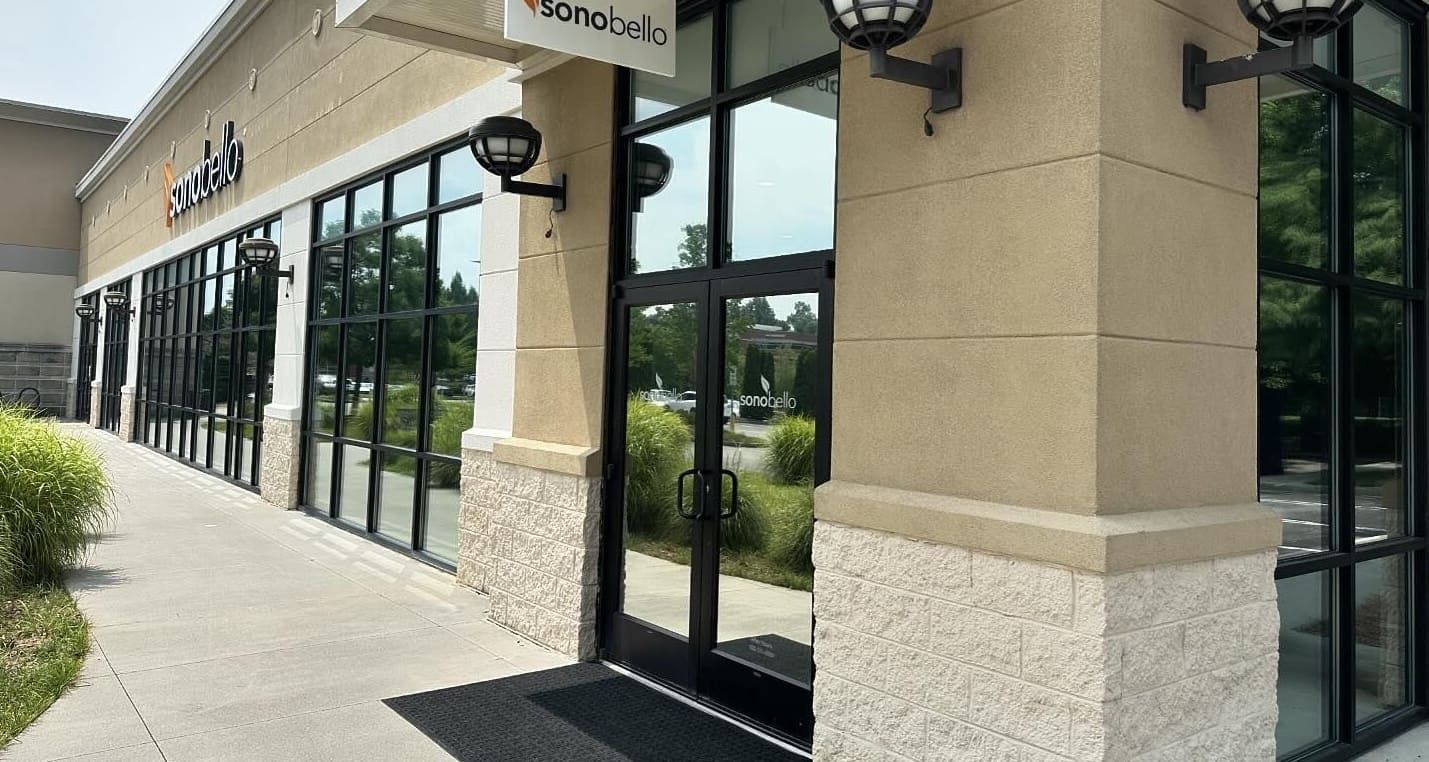
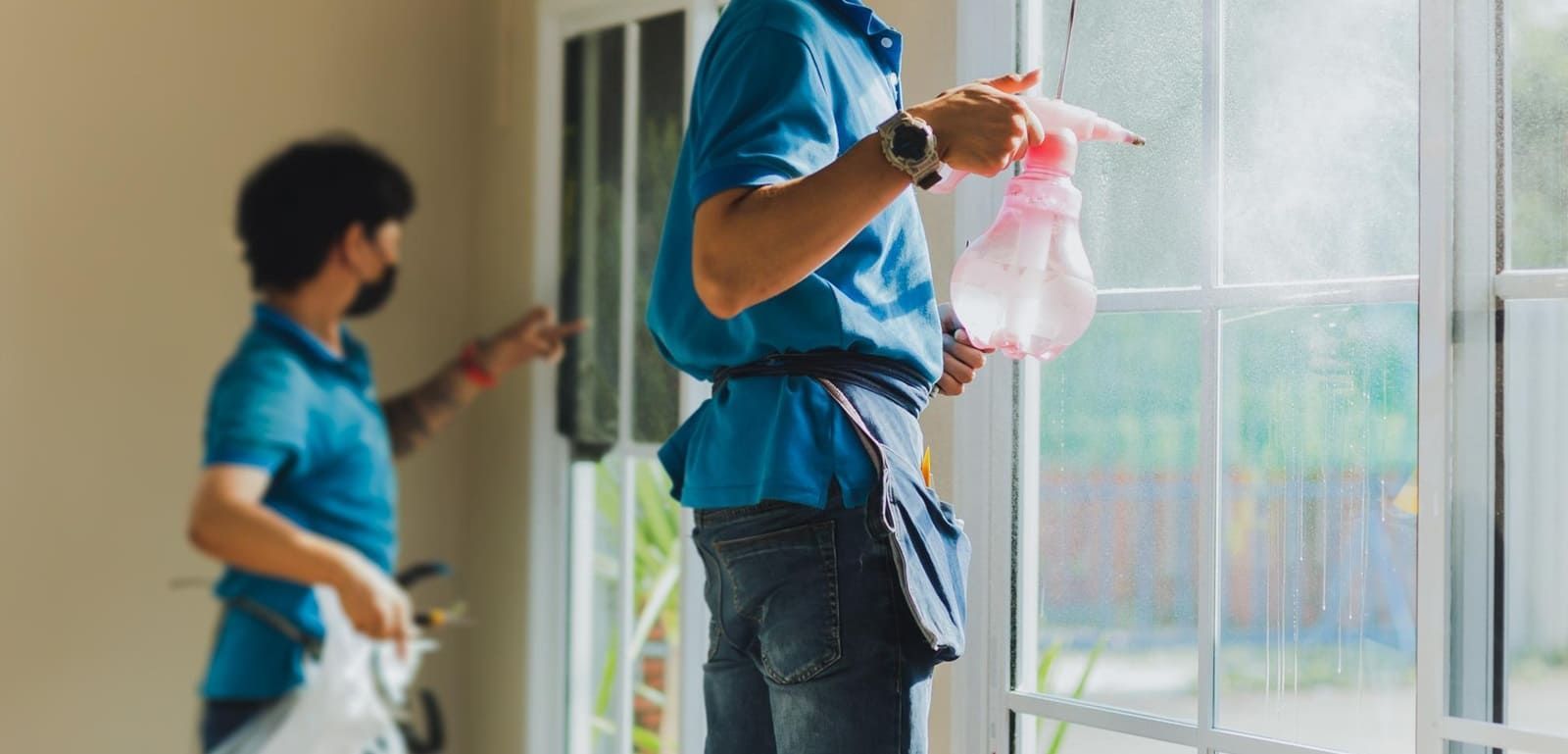
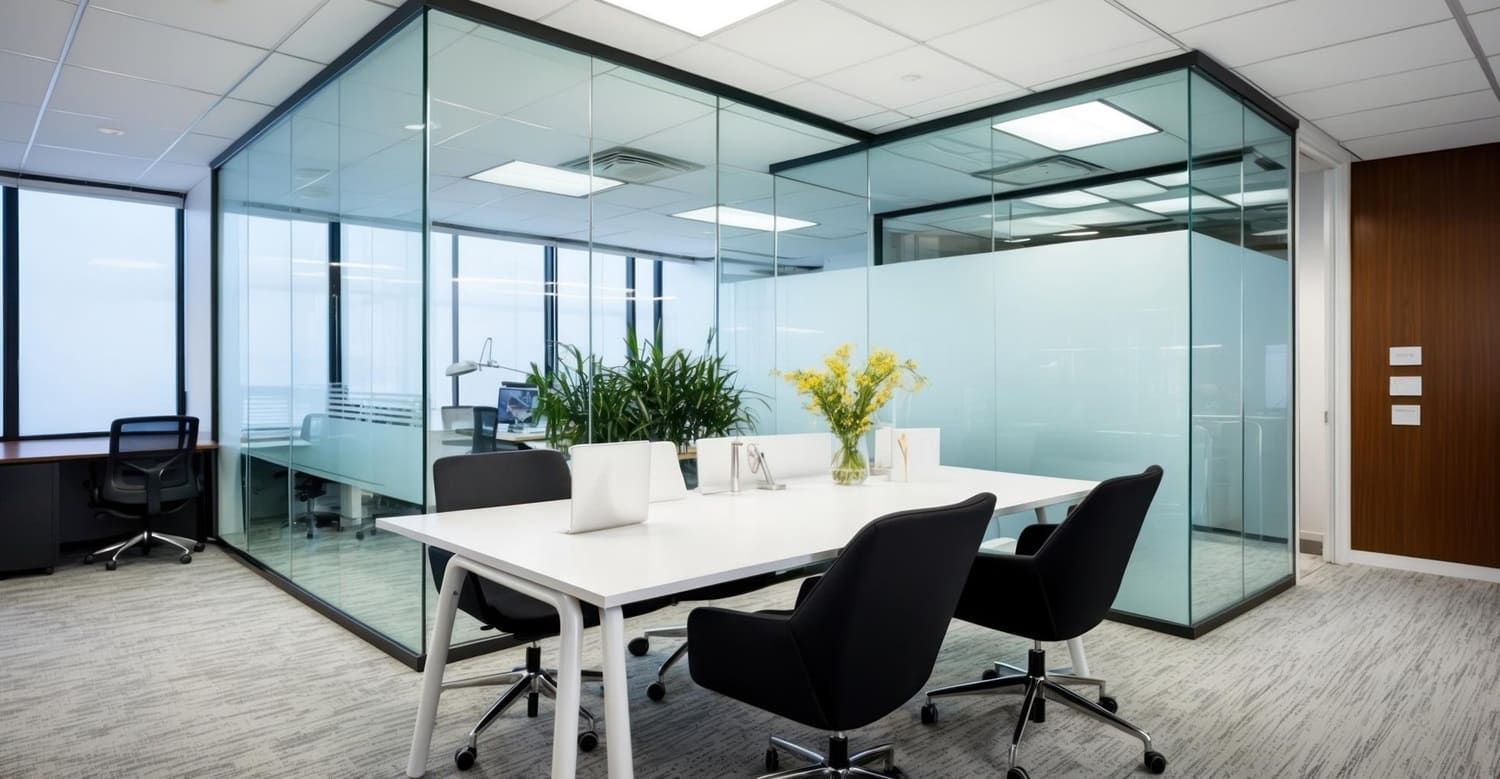
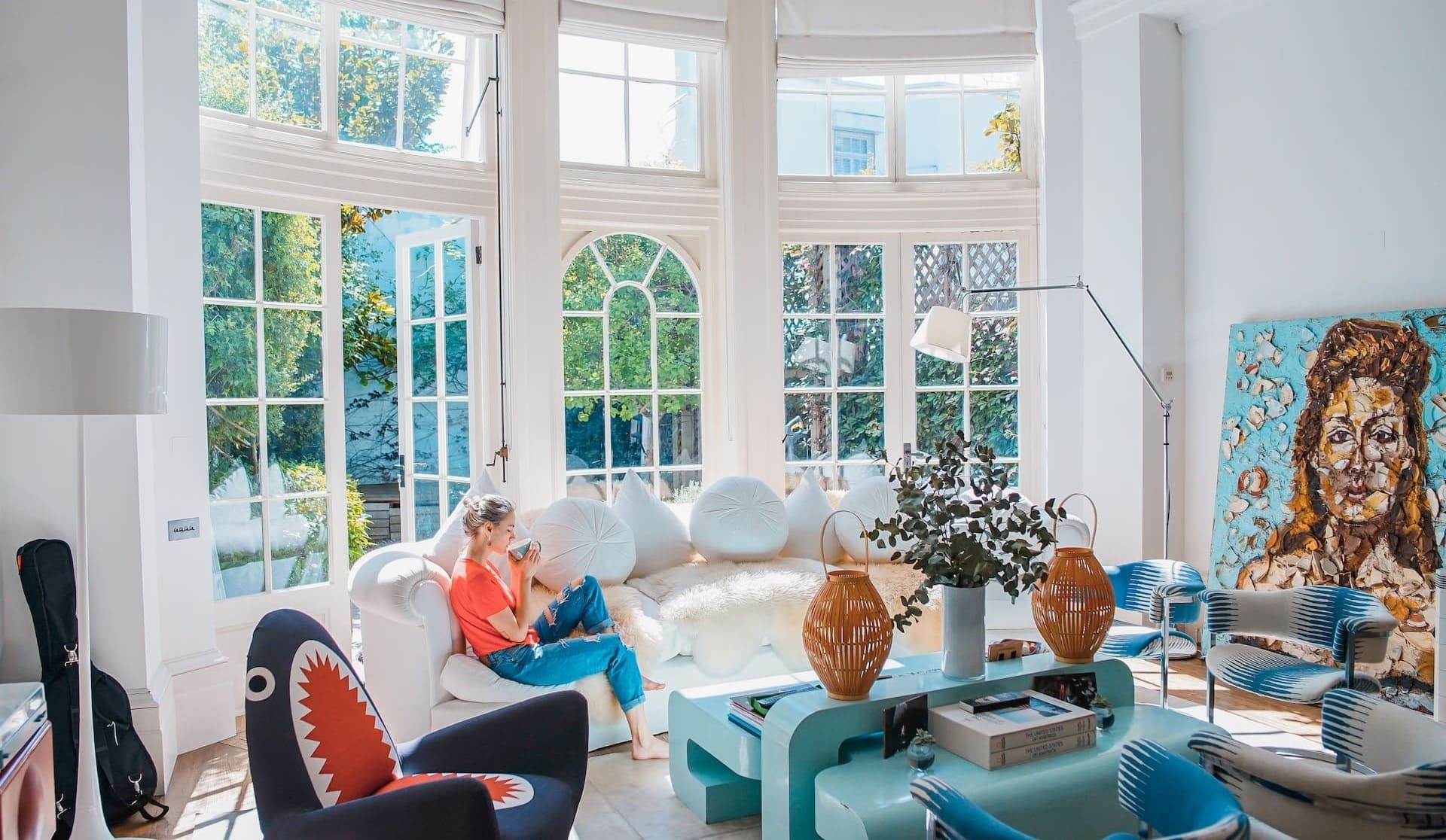
EcoArc Home & Office Window Tinting
All Rights Reserved | EcoArc Home & Office Window Tinting





